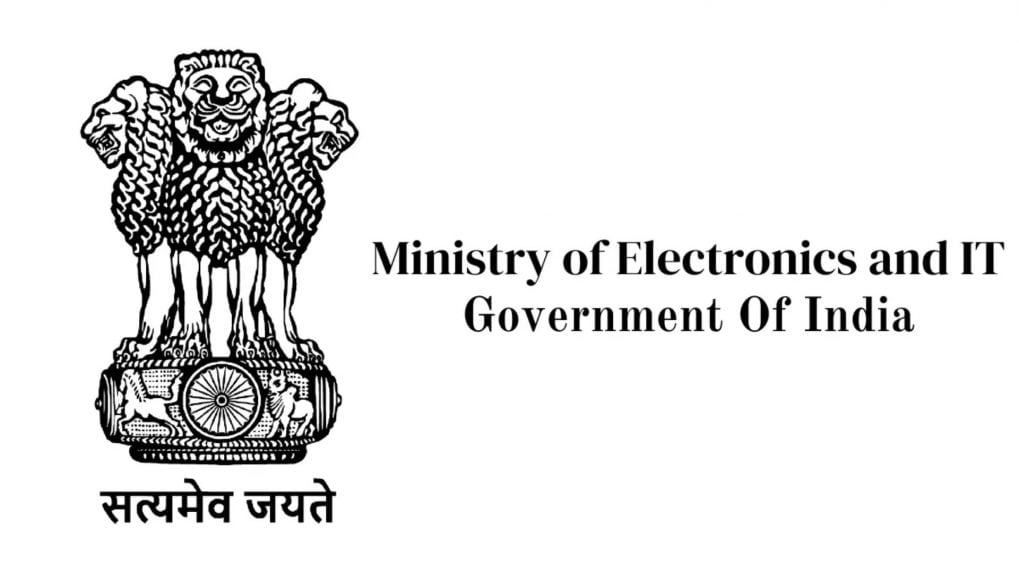Govt narrows internet takedown authority to top bureaucrats after legal clash with X
During a July hearing, X’s counsel argued that “every Tom, Dick, and Harry” in the country was issuing takedown orders—an argument that underscored the company’s concerns over arbitrary censorship and lack of due process.
ADVERTISEMENT
The Indian government has narrowed the circle of officials authorized to issue internet content takedown orders, in what appears to be a recalibration of its digital governance policy following a months-long legal tussle with Elon Musk’s social media platform, X.
Under the revised rules announced late Wednesday, only senior bureaucrats of the rank of joint secretary and above, as well as police officials serving as deputy inspector general (DIG) or higher, will be empowered to direct online platforms to remove content. The change, effective November 15, replaces the earlier policy that allowed thousands of mid-level officials to issue such orders.
The Ministry of Electronics and Information Technology (MeitY) said the move is intended to introduce “additional safeguards to ensure senior-level accountability, precise specification of unlawful content and periodic review of government directions at a higher level.”
Policy Shift After Court Defeat
The revision follows a bitter legal confrontation between the Indian government and X, formerly known as Twitter, over the 2023 decision to expand takedown authority across a wide swath of government ranks. The policy had drawn sharp criticism from digital rights advocates and free speech defenders who warned it gave excessive power to local police and junior bureaucrats to suppress online dissent.
In August, a Reuters report revealed that even police inspectors were issuing takedown orders targeting political cartoons and satirical posts, prompting one of X’s most visible challenges to India’s content moderation regime.
X’s lawsuit, filed in the Karnataka High Court, alleged that the government’s directives were “illegal and unconstitutional,” claiming they violated freedom of expression by allowing “scores of government agencies and thousands of police” to silence criticism. The court, however, dismissed the petition in September, ruling that the company must comply with Indian law.
During a July hearing, X’s counsel argued that “every Tom, Dick, and Harry” in the country was issuing takedown orders—an argument that underscored the company’s concerns over arbitrary censorship and lack of due process.
New Guardrails and Review Mechanism
In the latest modification to India’s IT rules, MeitY has introduced several procedural safeguards. Takedown orders must now be accompanied by a reasoned intimation that specifies the legal basis, statutory provisions invoked, and the nature of the unlawful act, as well as the exact URL or address of the targeted content.
Additionally, the rules introduce a new layer of oversight — requiring all takedown orders to undergo a monthly review by an officer of secretary rank to ensure compliance and proportionality.
While the government’s statement did not refer directly to its clash with Musk’s platform, policy observers view the move as an implicit acknowledgment of the controversy surrounding India’s sweeping online regulation framework.
Free Speech Concerns Persist
Despite the narrower scope, some legal experts argue that the core issue — the burden placed on users to challenge takedown orders — remains unresolved.
“The process of challenging these takedown orders remains onerous and inverts the burden of proof on the user whose content is taken down, curbing free speech,” said tech lawyer R. Karmakar, who has closely tracked the evolution of India’s intermediary rules.
India, one of the world’s largest internet markets, has increasingly sought to assert control over digital platforms in the name of accountability and public order. However, global tech firms and civil society groups have warned that such powers risk morphing into tools of censorship if not backed by strong oversight and transparency.
With the new framework set to take effect next month, all eyes will be on how the government enforces its refined regime — and whether the change signals a more measured approach to online speech in the world’s most populous democracy.
Read More: MeitY’s draft rules promise safer digital space for brands in the age of deepfakes
Read More: BREAKING: MeitY releases draft IT Rules; targets deepfakes, synthetic content

